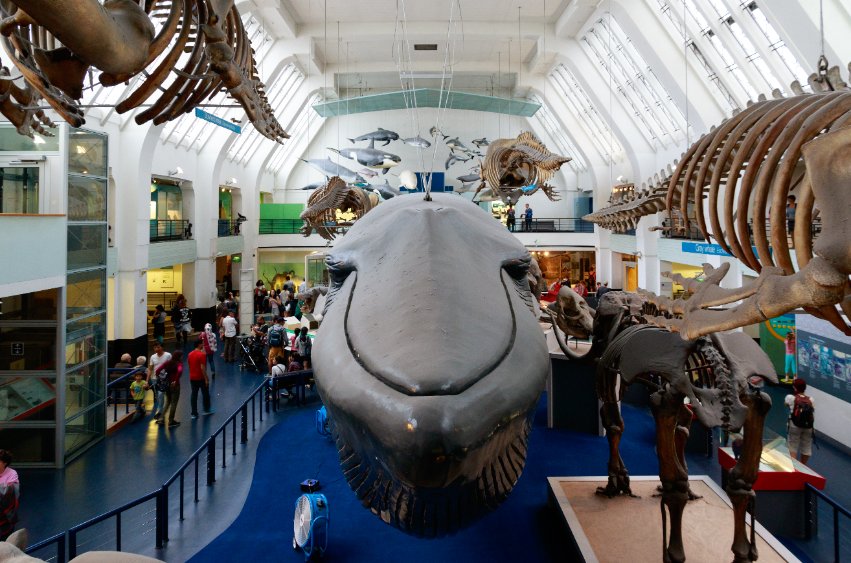
Grayscale-CEO Michael Sonnenshein hat am Mittwoch erklärt, das Unternehmen sei „zutiefst enttäuscht“ und lehne die SEC-Ablehnung vehement ab.

Finanzmittel Info + Krypto + Geld + Gold
Krypto minen, NFT minten, Gold schürfen und Geld drucken

Grayscale-CEO Michael Sonnenshein hat am Mittwoch erklärt, das Unternehmen sei „zutiefst enttäuscht“ und lehne die SEC-Ablehnung vehement ab.

After Terra’s hard fork that resulted in the Terra LUNA 2.0 and Terra Classic (LUNC) tokens, the LUNC coin was almost being forgotten as investors opted for the new LUNA 2.0 token. But over the past week, the price of LUNC has gained traction and raised by over 118% thus attracting a lot of attention from investors.
Investors are accumulating the LUNC coin in the hope that it will soon go to at least $1.
To help investors and traders who want to buy Terra Classic (LUNC), Coinjournal has created a brief article to help with identifying the best places to buy it.
To find out more, please continue reading.
Terra Classic (LUNC) token resulted from the recent hard fork of the Terra blockchain where the original token was renamed Terra Classic (LUNC) and the new token named Terra 2.0 (LUNA 2.0).
The Terra Classic (LUNC) token now operated on Terra Classic.
The Terra Classic chain is now the chain behind the original UST stablecoin which has since been renamed USTC.
Terra Classic has recently been integrated into the StarShip metaverse, which is one of the largest metaverses, and LUNC will be used as a mode of payment in the StarShip ecosystem. In return, StarShip will assist in the ongoing LUNC burn where it will burn 1.2% of the LUNC tokens it gets as payment.
If you want to invest in a cryptocurrency that had crashed but currently showing signs of recovery, then the LUNC coin could be a good choice.
Nevertheless, you should be aware of the fact that buying the cryptocurrency market is extremely volatile, especially now when the crypto market prices have dropped considerably.
Going by the current bullish trend, LUNC is expected to drop another zero hopefully by the end of July. Investors are optimistic that it will soon get above $1.
Do you think $LUNC can ever reach $1.00 ?#LUNC 🔥🔥🔥🔥
🟢🟢🟢🟢🟢🟢🟢🟢
— LUNC🔥🌕 (@LUNC_OFFICIAL) June 29, 2022
Someone on reddit post wrote that #USTC will be re-pegged to $1 and #LUNACLASSIC , #LUNC will touch 1 $ in the next few months and this person is helping it to reverse investors losses. pic.twitter.com/By2Mjn2AAr
— Abhishek Patil (@abhishek_hubli) June 29, 2022
The post Terra Classic (LUNC) gains 118% past week: here’s where to buy LUNC coin appeared first on CoinJournal.

Bitcoin und die großen Altcoins haben die Zuwächse der letzten Woche wieder leicht verloren. Der Rückgang auf unter 20.000 US-Dollar am 29. Juni deutet darauf hin, dass die Bären weiter aktiv sind.

Decentralized Science (DeSci), much like decentralized finance (DeFi), is a recent development in the push to decentralize science principles.
It’s a movement within the realm of using new technologies like blockchain and Web3 to advocate for a paradigm shift in scince. It’s adopting decentralization principles over centralized ones that, to a large extent, only succeed in stifling scientific progress.
The world as we know it keeps changing with technological and scientific advancements, many of which have helped shape human interaction, development and generally how we live.
However, it’s not always that what starts as a noble science-related development or tech revolution has ended up working to the best of humanity. Most of the problems, so to speak, lie with the massive centralization that has over the years engulfed science.
For example, the science world has too much power concentrated within the control and purview of very few journal publishers, private organizations and government-controled bodies. These, in one way or the other, centralize everything – be it in how funding is secured and used, access to research and data or even collaboration.
These are fundamental negations that emerge from centralized approaches to science – and thus the push for a more decentralized science space.
One of the top gains achieved via decentralized science is the elimination of meritocracy, with scientists able to work more freely and with broader support for their projects.
While scientists still adhere to set standards, access to aspects such as research and peer-reviewing are more widely accessible via democratized channels.
For example, the DeSci project VitaDAO provides access to DAO funding initiatives and targets early-stage projects focused on longevity. It’s one of the areas with limited funding and siloed access, but with open financing, more can be achieved in the area of human health.
The Science DAO is another blockchain-based initiative supporting decentralized science via a decentralized incubator and accelerator platform. Here, scientists, innovators and investors collaborate on projects in medicine, nutrition, renewable energy and natural science, with funding available through decentralized governance.
There has been tremendous growth in the world of science since the dawn of time, with human life generally benefiting from advancements made over time.
However, centralization has not helped open up the space to what could be exponential growth. This could change with the emergence of decentralized science – which is seeing more movement amid further adoption of blockchain and Web3.
By and large, smart contracts and decentralized autonomous organizations (DAOs) are democratizing funding and collaboration, while non-fungible tokens (NFTs) are helping promote IP ownership. Much more is being achieved via various blockchain projects.
The post How Decentralized Science Can Usher in a New Paradigm of Human Progress appeared first on CoinJournal.

Christopher Giancarlo, der bei der Zulassung der ersten Bitcoin-Futures federführend war, erhält unter anderem für seine Bemühungen bei der Krypto-Regulierung den französischen Verdienstorden.